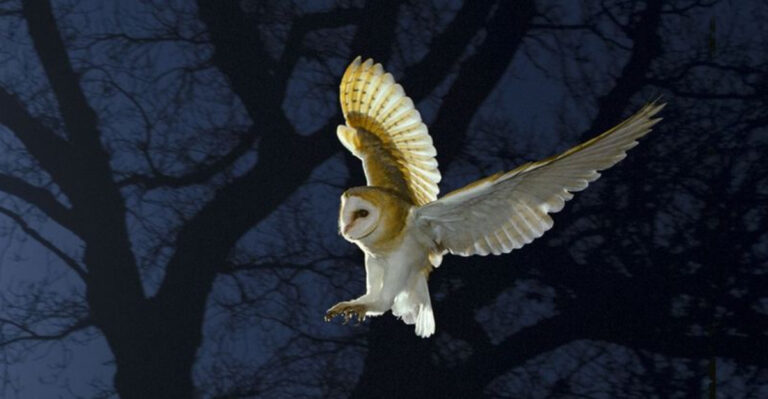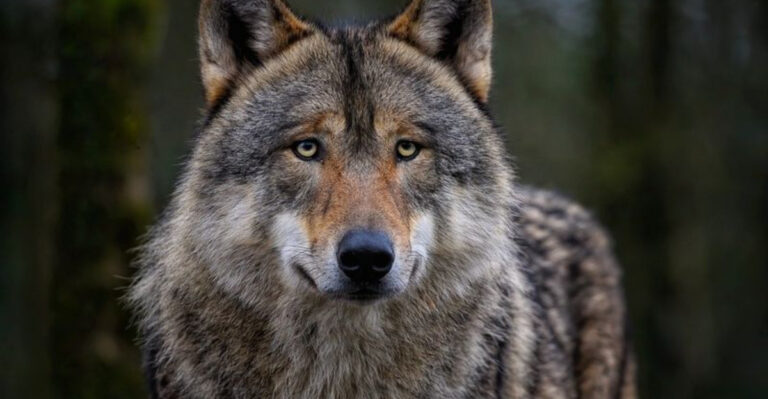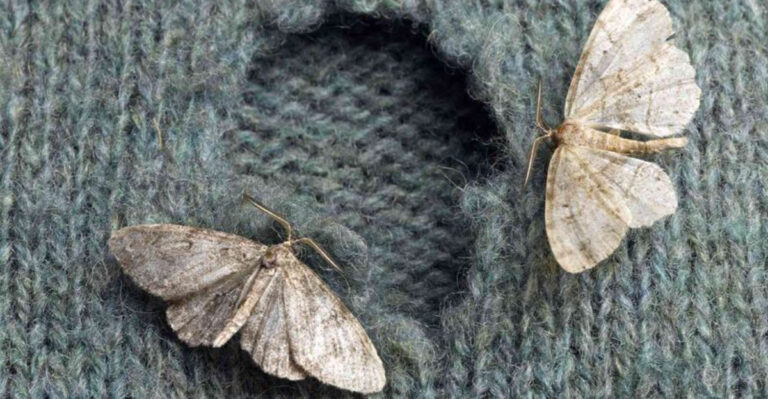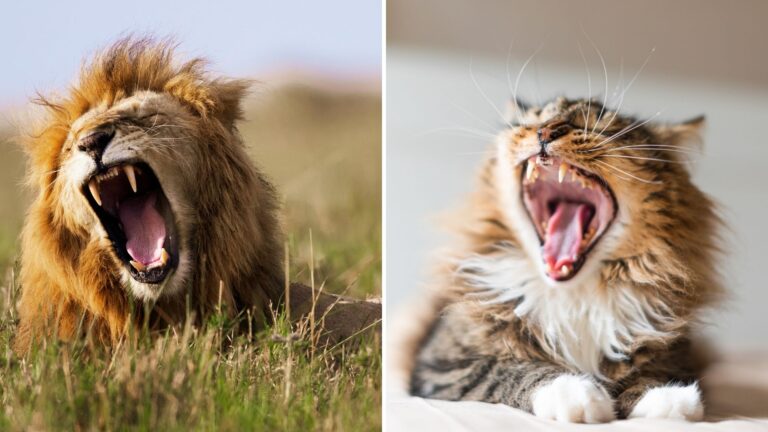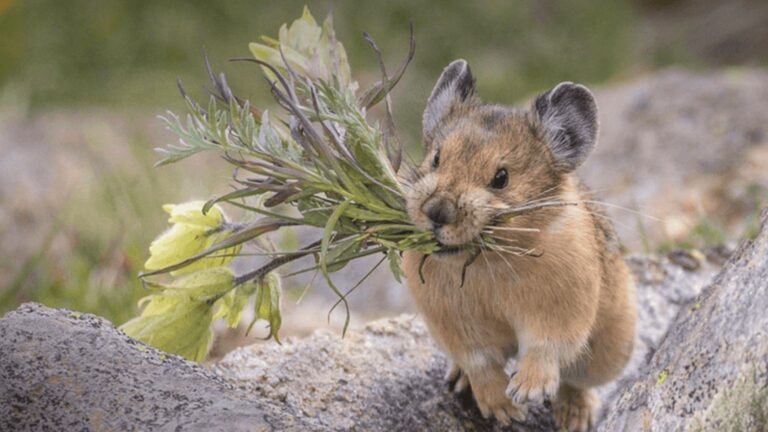Must-Know Facts About Alabama’s Dramatic Deer Rut Season
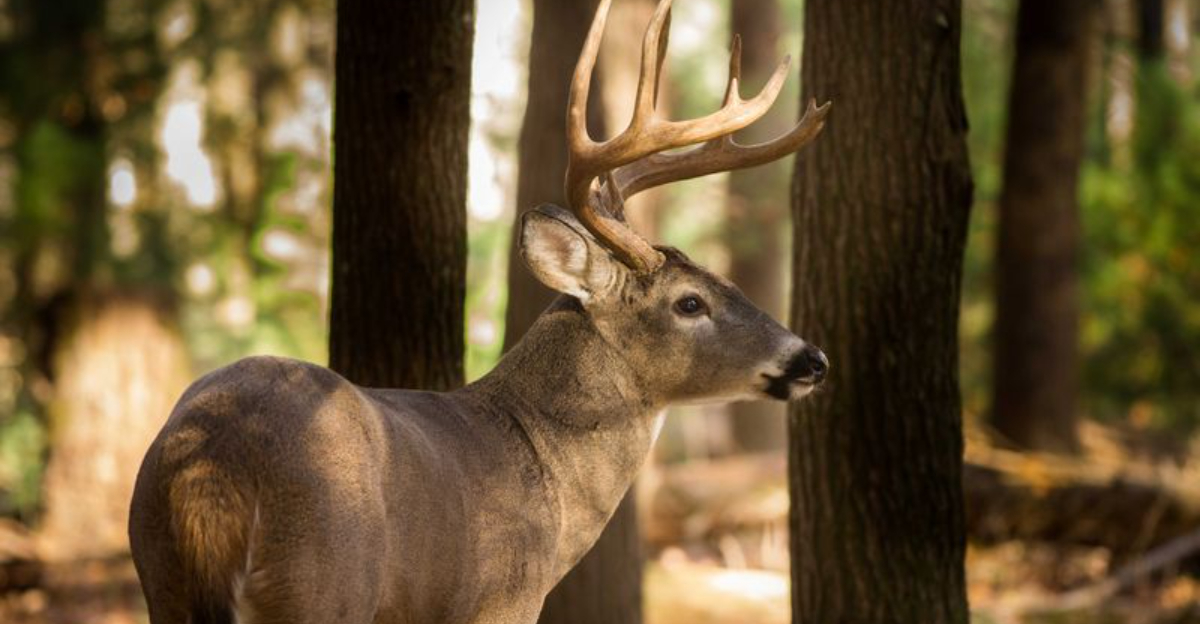
Every year, Alabama’s forests transform into nature’s most intense dating scene. The deer rut – that magical time when bucks lose their minds chasing does – changes everything about whitetail behavior.
Hunters mark their calendars for this window of opportunity, while casual wildlife watchers marvel at the sudden boldness of normally cautious deer.
1. Alabama’s Unique Rut Timeline
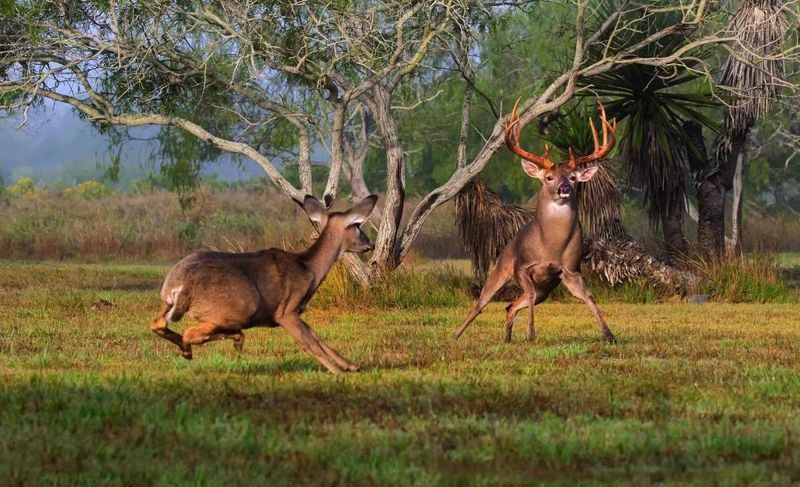
Unlike northern states with their predictable November rut, Alabama’s breeding season plays by different rules. The state experiences a ‘rolling rut’ that varies dramatically by region.
South Alabama bucks might chase does in January, while northern counties see peak action in November. This geographic variation creates one of America’s longest rut seasons, spanning nearly three months across the state.
2. Weather Triggers Breeding Behavior
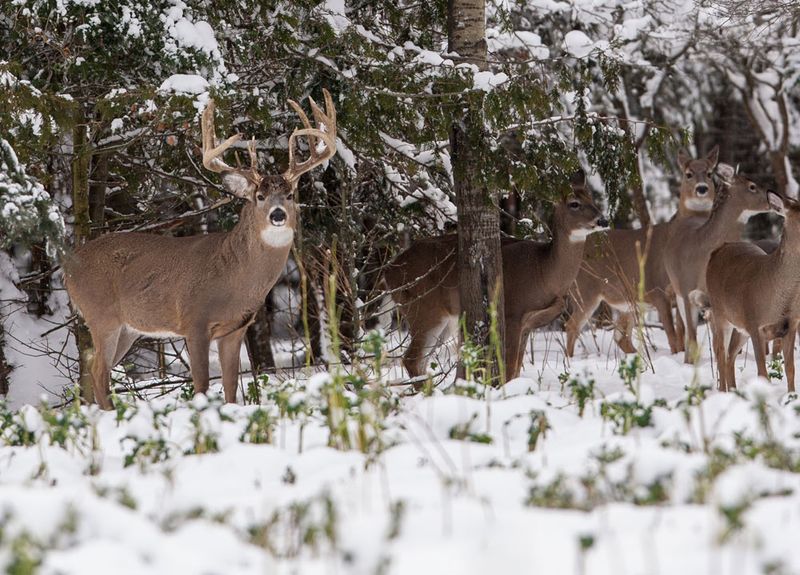
Cold fronts act like nature’s alarm clock for rutting activity. When temperatures drop suddenly, deer movement explodes – especially during daylight hours.
Savvy hunters watch weather forecasts like hawks, planning their vacation days around these magical cold snaps. A 15-degree temperature drop can transform a quiet forest into a whitetail highway within hours.
3. Buck-To-Doe Ratio Matters
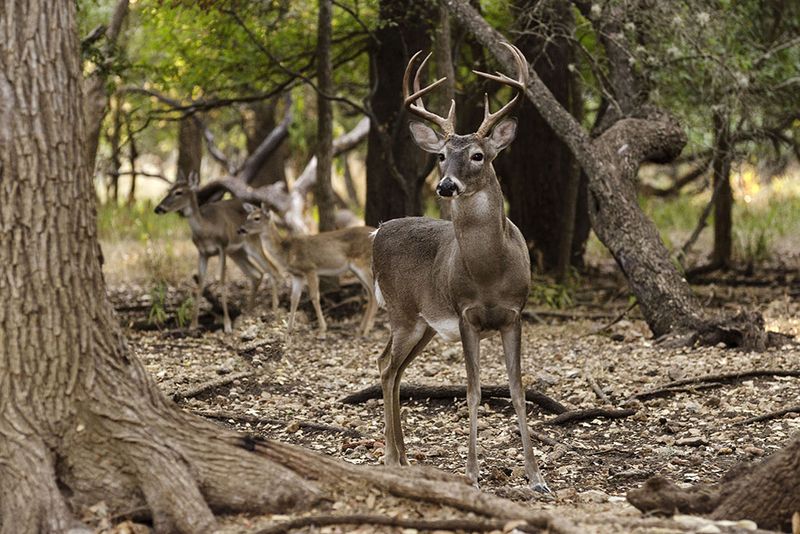
Too many ladies at the dance creates chaos in deer romance. Areas with skewed ratios (too many does per buck) often experience drawn-out, less intense rutting periods.
Properties with balanced populations witness the dramatic chases and fights that make the rut famous. Land managers track these numbers carefully, adjusting harvest goals to maintain the perfect dating pool for whitetails.
4. Scrapes Tell The Story
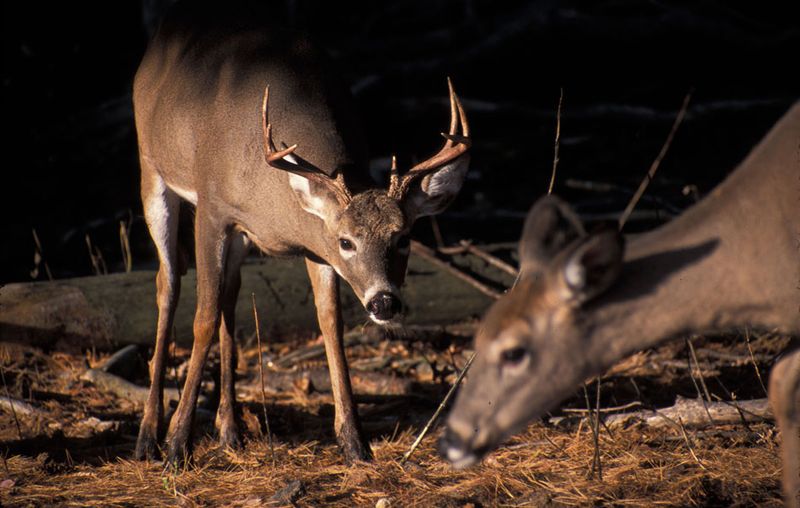
Fresh dirt patches under low-hanging branches aren’t random – they’re deer dating apps! Bucks paw these scrapes, leaving scent from glands above their eyes and between their hooves.
Does visit these communication hubs to advertise their readiness to mate. Finding an active scrape line is like discovering the deer equivalent of a singles bar – a hotspot of romantic potential.
5. The Power Of Mock Scrapes
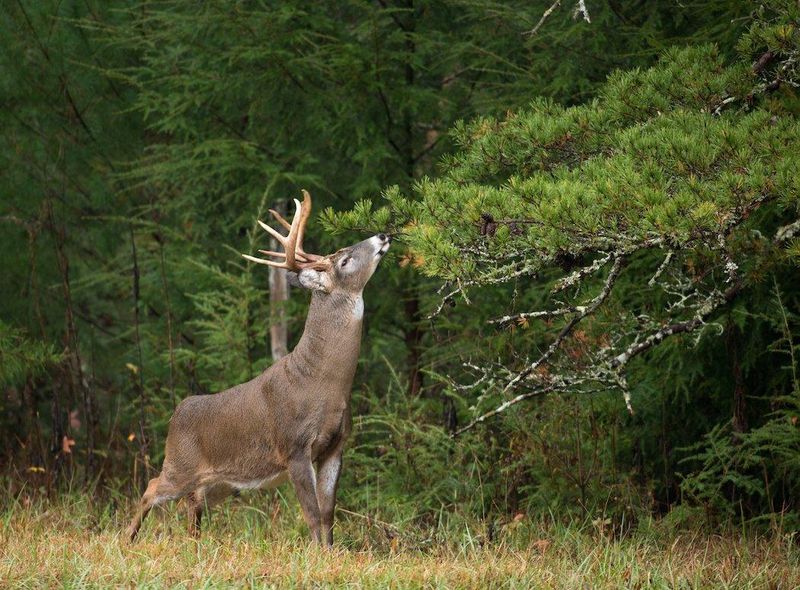
Fake it till you make it works in deer hunting too! Creating artificial scrapes with deer urine and gland scent can pull rutting bucks right into your hunting area.
The secret lies in location – find natural travel corridors between feeding and bedding areas. Many Alabama hunters maintain these mock scrapes year-round, building a consistent attraction point that explodes with activity when the rut begins.
6. Vocal Deer During Rut
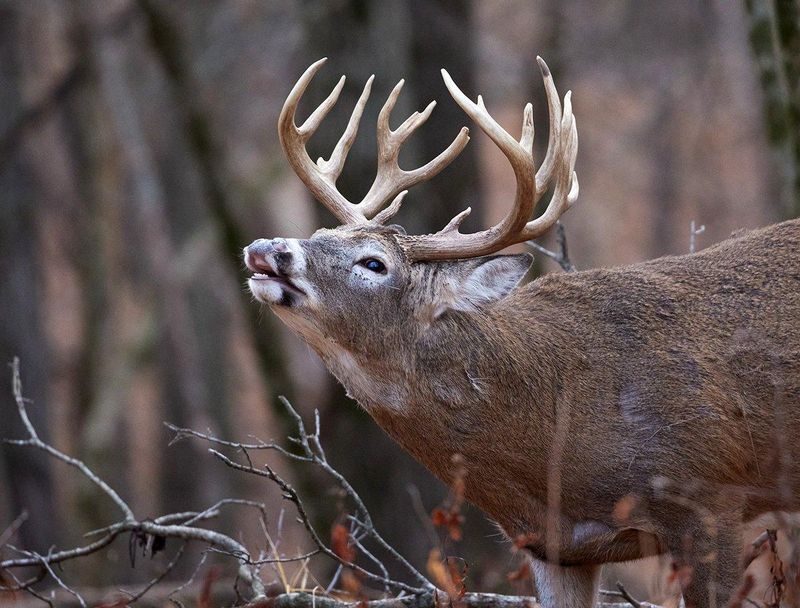
Alabama’s woods get surprisingly noisy during breeding season. Bucks grunt, wheeze, and even roar while searching for receptive does.
Does make contact calls to their fawns and social grunts to other deer. Learning these sounds opens a new dimension for hunters and wildlife enthusiasts. A quality grunt call can bring a curious buck directly to your position.
7. Moonlight’s Mysterious Effect
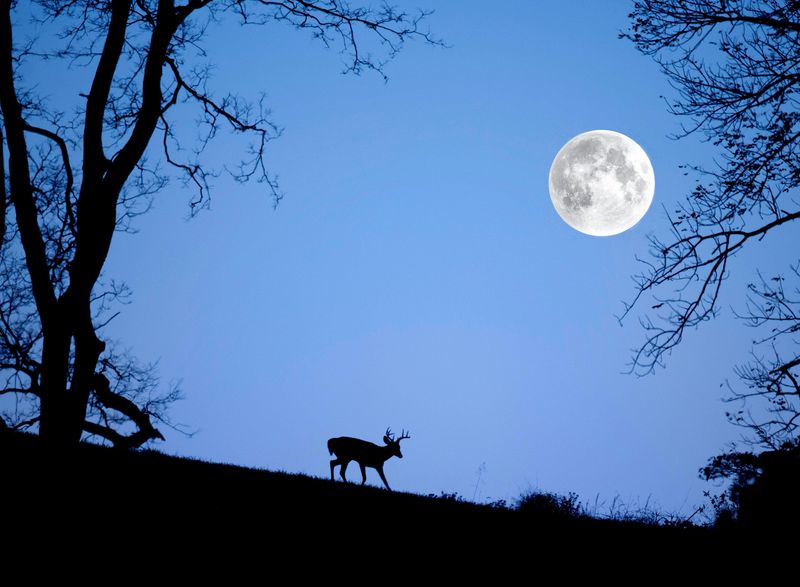
Full moons spark heated debates among Alabama deer hunters. Some swear the bright nights cause deer to feed and breed after dark, making daytime hunting frustrating.
Others target the days immediately before and after the full moon, claiming these periods trigger peak rutting activity. Moon phase calendars often hang alongside hunting licenses in Alabama camps, guiding strategy throughout the season.
8. Antler Rattling Techniques
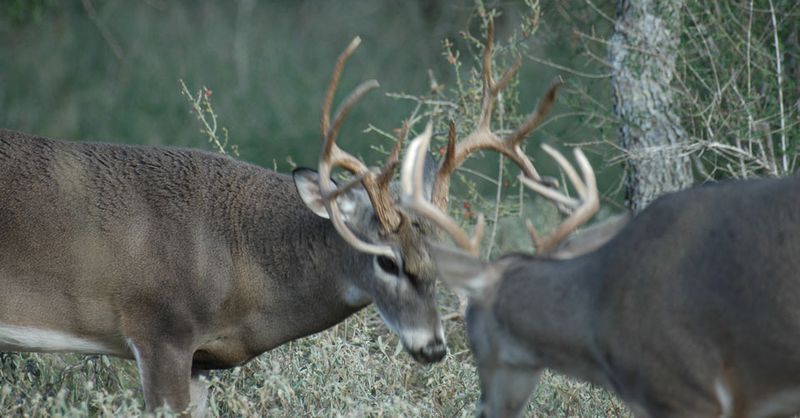
Clash two antlers together and suddenly you’re speaking buck language! This technique mimics the sound of competing males fighting over breeding rights.
Rattling works best during the pre-rut and peak rut phases when testosterone levels are highest. Alabama hunters have learned to adjust their rattling intensity based on the phase – soft tickling early, aggressive crashes during peak breeding.
9. Food Sources Shift During Rut
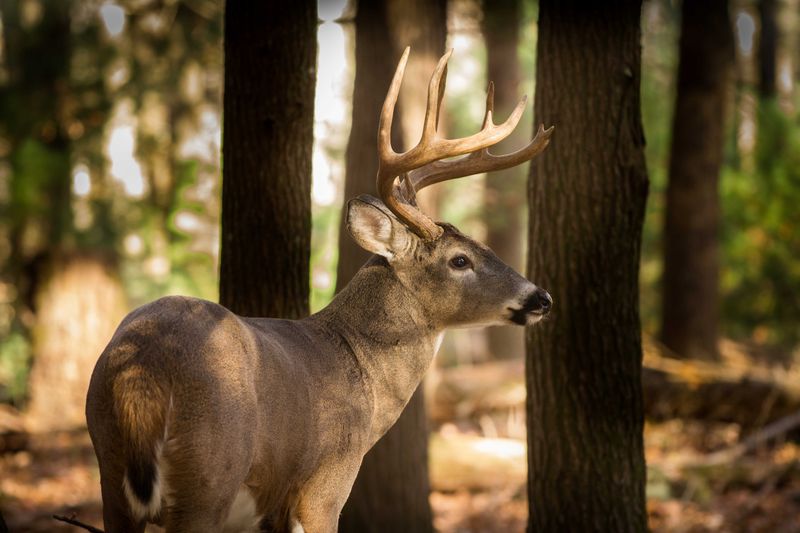
Acorns might rule early season, but rutting bucks follow does regardless of the menu. Breeding-focused males often abandon prime feeding areas to patrol doe territories.
Smart hunters shift their attention from white oak flats to travel corridors and doe bedding areas during peak rut. Food plots still draw hungry does, making them perfect ambush points as bucks cruise through checking for receptive females.
10. Post-Rut Second Chance
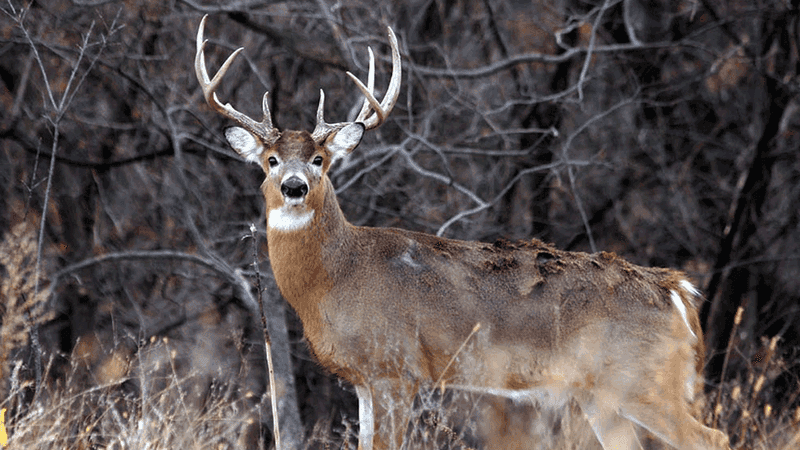
When the main breeding frenzy ends, don’t put your gear away! Alabama offers a unique second-chance period called the ‘secondary rut.’
Does that weren’t bred during their first cycle come back into estrus about 28 days later. This creates another, smaller wave of rutting activity. Late-season hunters often have the woods to themselves while targeting these biological second chances.
11. Deer Develop Tarsal Sweat Perfume
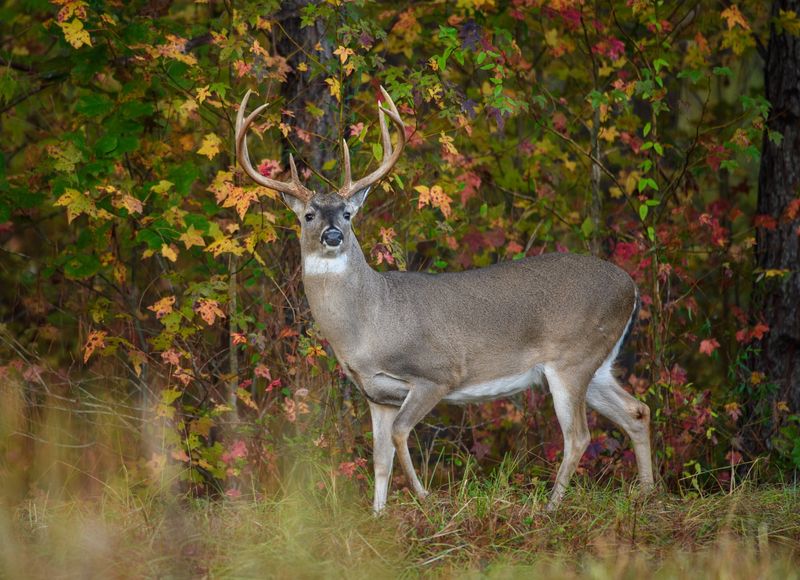
During Alabama’s rut season, bucks release a strong musky scent from their tarsal glands that drives does into a frenzy. These dark, sticky glands on their hind legs produce a potent hormone mix that signals dominance.
Bucks often rub them on trees and brush, leaving behind powerful scent posts like nature’s dating ads. While the smell can travel up to half a mile on the wind, most humans find it far less appealing than the does do.
12. The Bizarre Zombie Walk Phenomenon
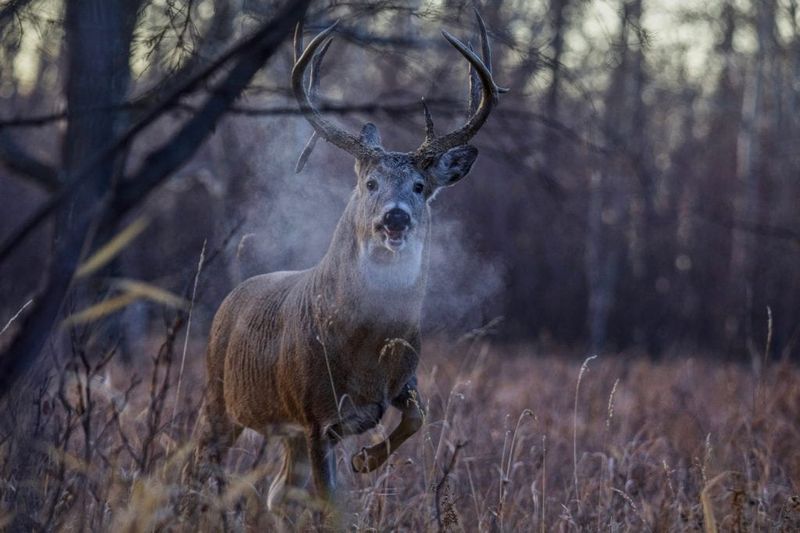
During Alabama’s peak rut, bucks trade caution for chaos in what hunters call the ‘zombie walk.’ They wander in daylight, nose to the ground, totally unaware of danger.
Swollen necks and glazed eyes give them a trance-like look, making them unusually bold. Some hunters have even had bucks stroll by within arm’s reach without flinching.
13. Regional Rut Variation Creates Deer Highways
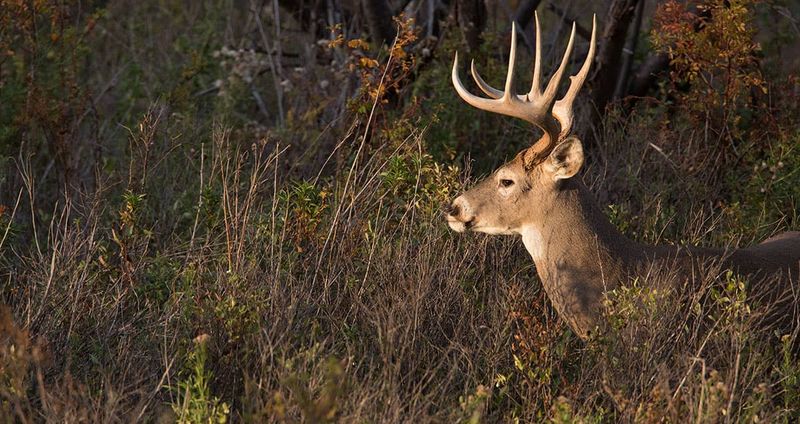
Alabama’s unusual geography causes a rare “rolling rut,” where peak deer activity moves across the state like a wave. Unlike the synchronized ruts up north, this shifting pattern creates natural travel corridors as bucks chase does region by region.
Some travel over 17 miles in a day, crossing tough terrain in search of love. Areas like ‘Bachelor Boulevard’ near Bankhead National Forest have become legendary spots for catching big bucks on the move.
14. Bucks Develop Rut Gut Weight Loss
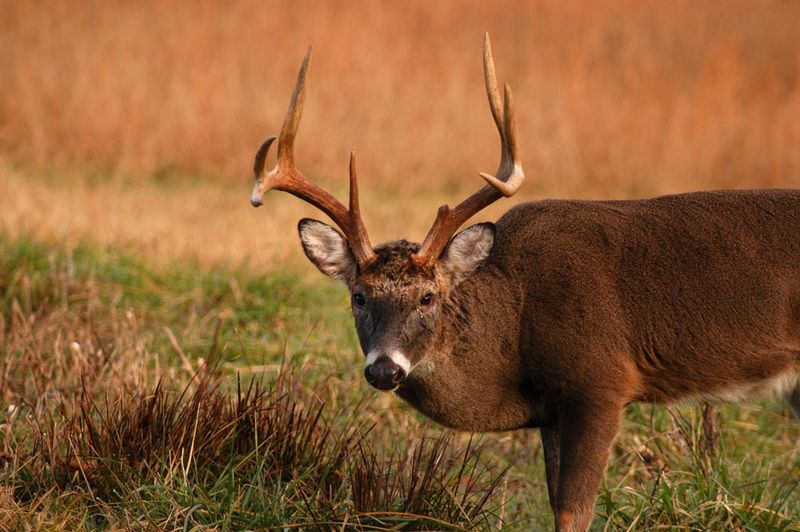
During Alabama’s rut, bucks become so focused on mating they stop eating almost entirely. Many lose up to 30% of their body weight in just a few weeks, earning the nickname ‘rut gut.’
Their metabolism kicks into overdrive, even altering stomach acid to digest rougher foods they’d usually ignore. By the end, once-muscular bucks often look hollowed out behind the ribs, barely recognizable from their pre-rut photos.


